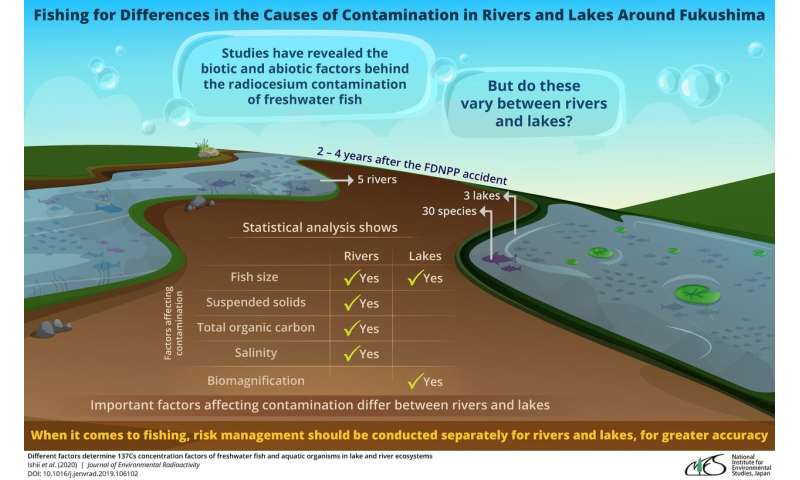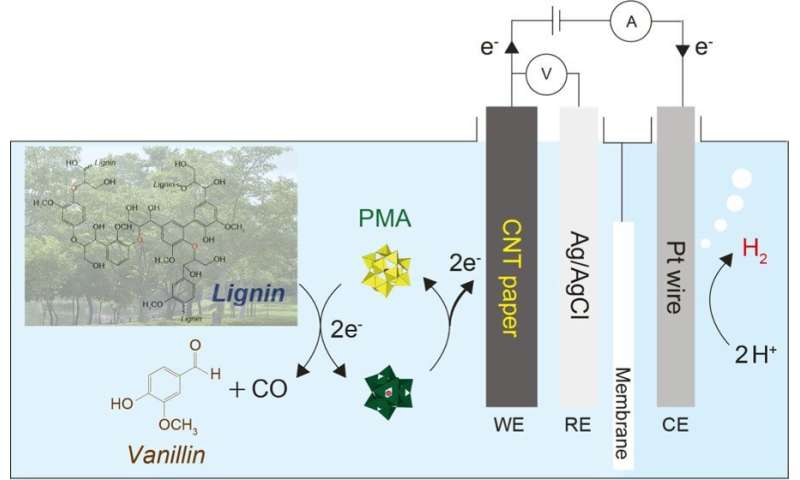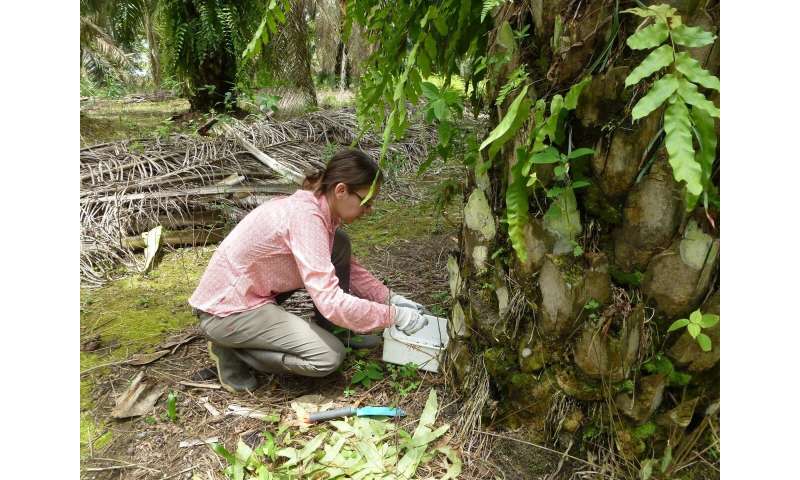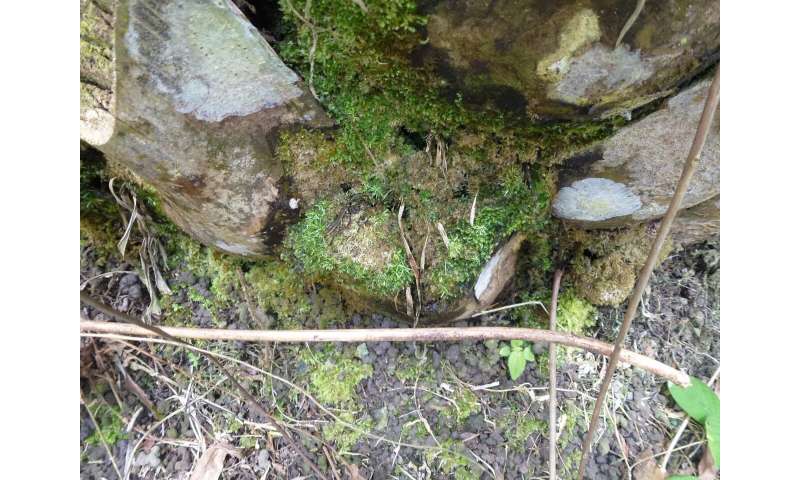Meteorite observation network sets out to catch a falling star

British scientists are turning their eyes to the skies to track meteorites before they land on UK soil—and they're looking for volunteers to help them recover the space rocks whenever and wherever they fall.
The UK Fireball Network, led by researchers from the University of Glasgow and Imperial College London is setting out to place 10 cameras across the country to catch glimpses of the spectacular natural firework displays caused when meteoroids enter the Earth's atmosphere. It is part of a wider network called the Global Fireball Observatory operated by researchers in Australia at Curtin University
On February 16, the network's cameras in Lincoln and Cambridge both saw their first fireball, which dropped meteorites into the North Sea. While those meteorites are impossible to recover, the network team expect that future sightings that fall on the UK landmass can be properly triangulated to determine a landing area and send out a search party to find the meteorites.
Dr. Luke Daly, of the University of Glasgow's School of Geographical and Earth Sciences, is one of the leaders of the UK Fireball Network. He said: "Meteorites provide scientists with invaluable insights into other planets and our solar system. A good deal of what we know about the surface of Mars, for example, comes from analysis of chunks of the planet which were blasted off its surface by asteroid impacts millions of years ago and drifted in space before falling to Earth.
"Meteorites enter our atmosphere all the time, but the UK hasn't had a great track record of finding them in recent years—in fact, it's been nearly 30 years since one was last seen dropping into a back garden in Glatton in Cambridgeshire, and more than 100 since one was observed in Scotland.
"Camera networks like ours, and those of partner organizations like UKMON and SCAMP, give us a great chance to capture fireballs on multiple cameras. Together we are building an integrated pipeline to use all the data from all the networks to track fireballs called the UK Fireball Alliance. Catching images on more than one camera allows us to estimate not just where they land, but calculate the trajectory of their arrival, which allows us to calculate where in space it came from. Pooling all our resources maximizes the chances of capturing these elusive events.
"It was very exciting to capture our first images of a fireball caught by two of our observatories, although it was obviously disappointing that the material it dropped fell into the sea. When we do catch sight of a fireball dropping meteorites on land, we'll need the help of volunteers to help comb the countryside to find them, so anyone interested in making a little bit of history by getting involved can follow us on Twitter at @FireballsUK."
The network's approach to meteorite observation has already been successful in Australia, where the Desert Fireball Network established by Curtin University has observed and recovered numerous meteorite falls in the outback. Initial funding for the UK Fireball Network was supplied by the Desert Fireball Network and the Australian Research Council, along with the University of Glasgow.
Currently the UK Fireball Network has set up six of their 10 cameras at sites in England, Scotland and Wales. Over the next couple of months, the remaining cameras will be placed in other locations, including Northern Ireland.












